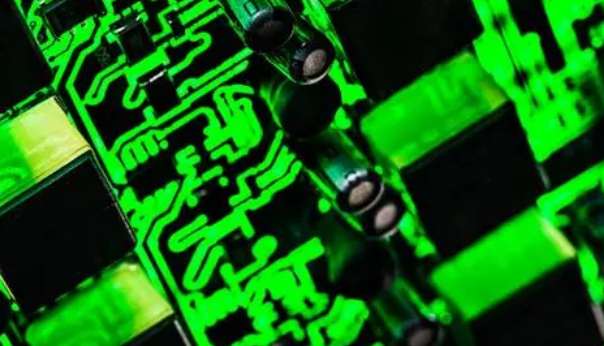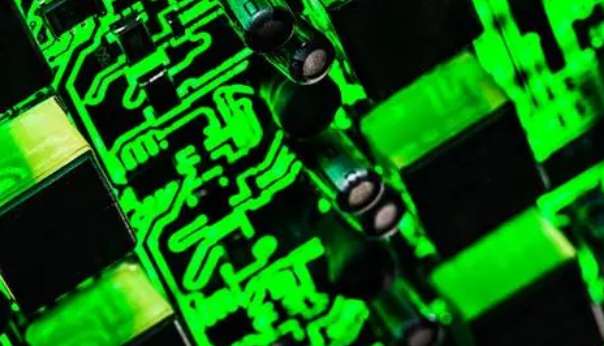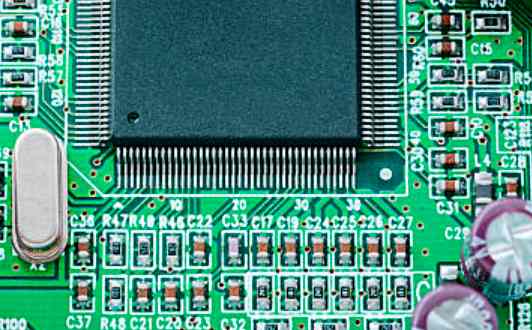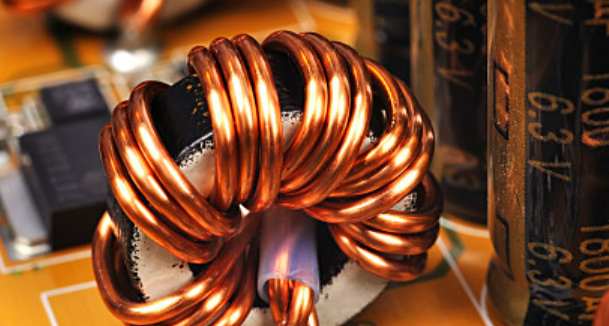
Careful friends must have found that pcb board has different colors at ordinary times, then is there anything particular about this color? Today we will reveal the secrets.
What is the color of PCB board? As the name implies, when you get a PCB board, the most intuitive color to see the oil on the board is the color of PCB board we generally refer to. Common colors are green, blue, red and black and so on.
1 green ink is by far the most widely used, the longest history, and in the current market is also the cheapest, so green is used by a large number of manufacturers as the main color of their products.
2. Usually, the whole PCB board product has to go through the process of board making and SMT. In the process of board making, these several processes must go through the yellow light room, because the effect of green in the yellow light room is better than that of other colors, but this is not the main reason.
When SMT is welding components, PCB should go through the process of solder paste, patch and final AOI verification. These processes need optical positioning and calibration. Green background color is better for instrument identification.
3. Common PCB colors are red, yellow, green, blue and black. But at present, due to the production process and other problems, many lines of quality inspection process must rely on workers to see and identify with the naked eye (of course, most of the current use of flying needle testing technology). In the case of bright light eyes keep staring at the board, this is a very tiring work process ah, relatively speaking, green least hurt the eyes, so most manufacturers on the market are using green PCB.
4. The principle of blue and black is that they are respectively mixed with cobalt and carbon and other elements, with certain conductive properties, in the case of power is likely to short-circuit problems, and green PCB is relatively environmentally friendly, used in high temperature environment, generally will not release toxic gases.
And there are also a small number of manufacturers in the market will use black PCB board, the main reasons for which Xiaobian believes that there are two reasons:
It looks high-end;
The black board is not easy to see the wiring, so it brings a certain difficulty to copy the board;
Xiaobian understands that the Android embedded board is now mostly the use of black PCB.
5. Since about the middle and late period of the last century, the industry has begun to pay attention to the color of PCB board, mainly because many high-end board types of first-line manufacturers have adopted green PCB board color design, so people gradually believe that the PCB color is green must be high-end.
In fact, for various reasons, Xiaobian believes that in general, it is better to use green PCB.
The above is the pcb board color pay attention to the problem.
How to check PCB board?
pcb board is very common in our daily life, if there is a problem, the whole electric appliance will not be used, so today I will tell you how to check PCB board.
1. PCB board manual visual inspection
Using a magnifying glass or calibrated microscope, the operator's visual inspection is used to determine whether the circuit board fits properly and when correction operations are required.
Pros: Low up-front cost and no test fixture;
Disadvantages: At present, due to the increase of PCB production, the reduction of wire spacing and component volume on PCB, this method is becoming less and less feasible;
2, PCB board online test
Manufacturing defects are identified by testing electrical properties, and analog, digital, and mixed-signal components are tested to ensure that they conform to specifications. Several test methods, such as needle bed tester and flying needle tester, are available.

Advantages: Low testing cost per board, strong digital and functional testing capabilities, fast and thorough short-circuit and open-circuit testing, programming firmware, high defect coverage and easy programming.
Disadvantages: need to test clamp, programming and debugging time, high cost of making fixture, use difficulty and other problems.
3. Functional test of PCB board
Functional system testing is the use of special testing equipment in the middle stage and end of the production line to carry out a comprehensive test on the functional module of the circuit board, in order to confirm the quality of the circuit board.
4, automatic optical detection
Also known as automatic visual inspection, is based on the optical principle, a comprehensive use of image analysis, computer and automatic control and other technologies, defects encountered in production detection and treatment, is a relatively new method to confirm manufacturing defects.
5. Automatic X-ray examination
Using the different absorptivity of different substances to X-ray, the defects can be found in the parts that need to be detected. It is mainly used to detect the defects of ultra-fine spacing and ultra-High Density Circuit Boards and the defects of bridging, missing pieces and poor alignment produced in the assembly process. It can also be used to detect the internal defects of IC chips by using its tomography technology. It is the only method to test the welding quality of the ball grid array and the shielded tin ball.
Advantages: Able to detect BGA welding quality and embedded components, high precision product internal conditions;
Disadvantages: high cost;
6, laser detection system
It is the latest development in PCB testing technology. It uses a laser beam to scan the printed board, collect all the measurements, and compare the actual measurements with preset qualifying limits. This technology has been proven on light plates, is being considered for assembly plate testing, and is fast enough to be used in batch production lines.
Advantages: Fast output, no fixture required and visual non-masking access;
Disadvantages: high initial cost, maintenance and use questions are the main disadvantages;






